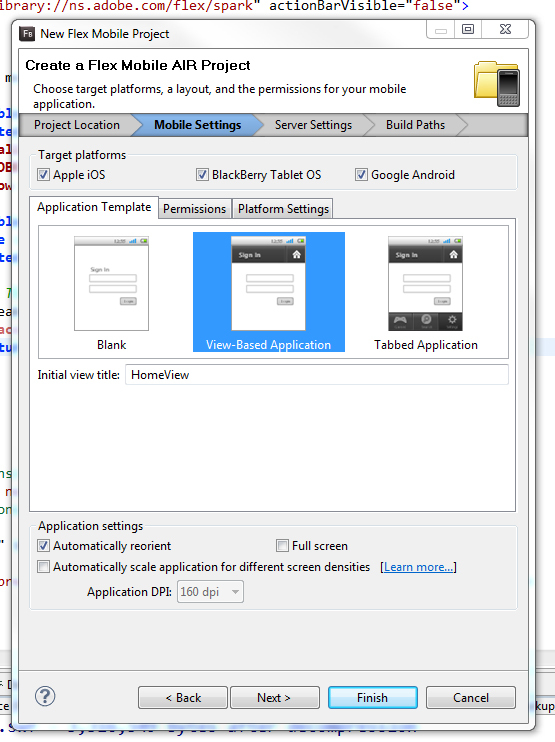Adobe Systems took dead aim at the exploding mobile device market yesterday with the mid-cycle release of Creative Suite 5.5, which includes enhancements to Flash Builder and the Flex application framework.
“Mobile, mobile, mobile. It’s the core essence of where we’re going,” said Dave Gruber, group product marketing manager at Adobe. “The rapid pace of change in the device world presents a ton of challenges for application developers. With the inconsistencies in screen size and resolution, and other things, developers can’t just focus on the logic and user experience that was there” in older applications being ported to devices.
New features in Flash Builder 4.5 and Flex 4.5 enable developers to create applications that use Adobe AIR as the virtual runtime layer across Android, BlackBerry Tablet OS and iOS devices, Gruber said. “It’s one language, one tool and one common codebase.”
If the devices don’t have AIR, the applications can prompt users to download the runtime. For iOS, the AIR runtime is compiled into the application, he explained.
Further, he said that integration with Adobe Flash Catalyst helps developers create mobile workflows that can be used between application developers and designers.
Adam Lehman, Adobe product manager, explained that AIR translates Flash bytecode to leverage the native characteristics of the operating system the application is running on, such as local storage, menus, geolocation and cameras. He said that AIR APIs can be used to access these features via ActionScript.
“The application integrates into the core device functionality, like the browser and phone dialer,” said Lehman.

#!
Flex 4.5 SDK introduces native mobile UI components tailored for the different form factors, he said, as well as new components for application navigation and state management that are customizable through skinning and styling. Other components in the release include buttons, sliders, lists and text input controls, as well as charts and layout components such as group, spacer and scroller.
Lehman went on to explain that mobile applications are usually structured as views, and the release offers a series of templates to help developers create applications closest to the device they will run on. A view component can be created from ActionScript or MXML; mobile applications tend to be view-based or tabbed, he said.
“There are different view levels for different devices, and everything under the hood outside of the view is the same,” said Lehman. The new release offers “full support for the design perspective,” he added. “Visualization is important for developers; they need more than a code view.”
Flash Builder 4.5 has new project types called ActionScript Mobile Project and Flex Mobile Project. The ActionScript Mobile Project enables developers to write applications for both Android and iOS; the Flex Mobile Project accesses the Flex framework for use on the Android platform. Updates to allow Flex development on iOS, as well as support for BlackBerry PlayBook, are due soon, Gruber said.
Applications can be deployed to the Android Market and other app stores using the same Export Release Build process used for desktop and Web applications, with checkboxes for the target operating systems, Lehman said. Flash Builder can package these applications to look the same as native applications on Android, so they can be sold the same way as native apps on those platforms.
“When looking at mobile, you’re looking at extensions of your core business applications,” Gruber said. “You’re building companion apps to the key apps from the desktop. You can’t just scale those apps down for the smaller screens.”






